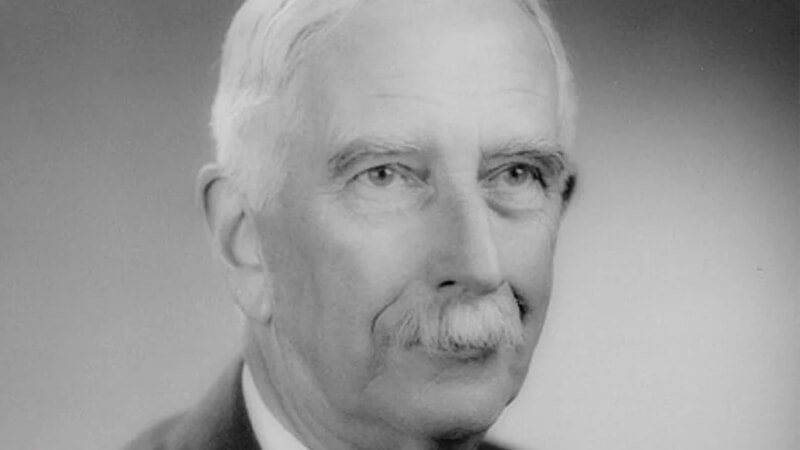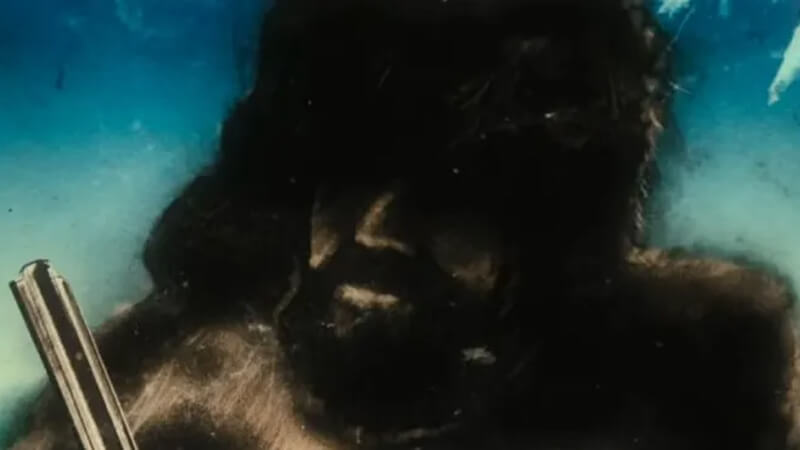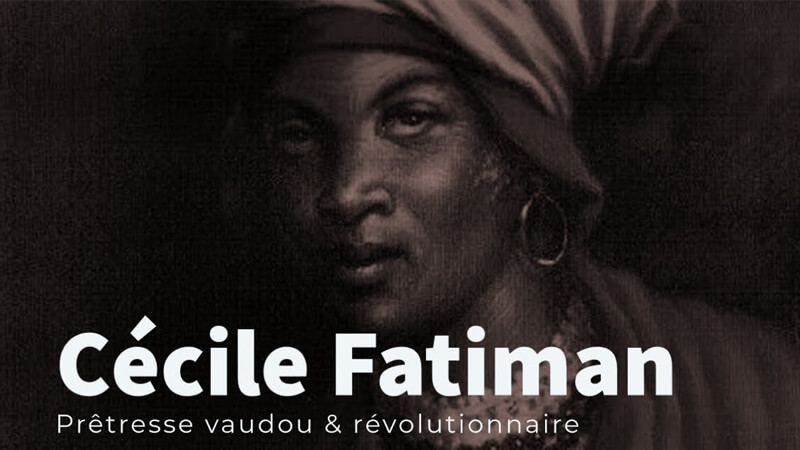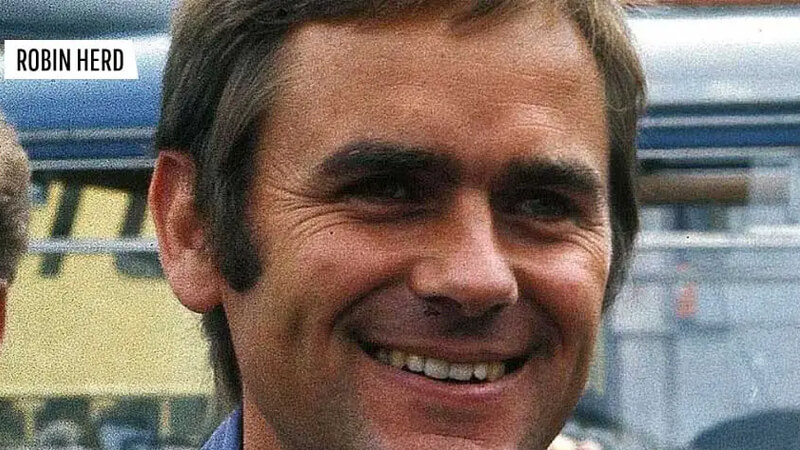Biography of Charles Greeley Abbot: – An American astronomer, famous for his work on the energy of the sun and its influence on terrestrial temperatures.
He studied at the Massachusetts Institute of Technology, where he graduated in 1895, and then was appointed assistant to Samuel P. Langley, director of the Smithsonian Astrophysical Observatory.
Biography of Charles Greeley Abbot
- Born:- 31 May 1872, Wilton, New Hampshire, United State
- Died:- 17 December 1973, Riverdale Park, Maryland, United States
- Known For:- Astrophysics
- Succeeded By:- Alexander Wetmore
- Books:- Great Inventions, Adventures in the World of Science
- Awards:- Henry Draper Medal, Rumford Prize
His entire career was developed in this institution, which contributed to give great prestige. He collaborated with Langley in the study of the infrared portion of the solar spectrum, as well as in the measurements of the solar radiation constant, the amount of solar energy the Earth receives.
See Also: Biography of Hermann Abert
In 1907, after the death of Langley, he assumed the direction of the observatory, and was proposed to deepen in the measurements of the solar constant and its cyclical variations.
He observed that these variations occur when the radiation enters the Earth’s atmosphere, a fact that was verified by the measurement at different heights of the atmospheric layer; studied the influence of these variations on climate (which was crucial for a better understanding of long-term meteorological predictions) and the process of photosynthesis.
In 1897 he married Lillian E. Moore, of whom he became widowed in 1944, and in 1954 he remarried Virginia A. Johnston.
From 1928 to 1944 he was Secretary of the Smithsonian Institution, where he succeeded Charles D. Walcott, and from that position created the Division of Radiation and Organisms, later Biological Radiation Laboratory.
Interested in Aeronaut development, he held a long polemic with Orville Wright, a pioneer in aviation, in support of the prototype designed by Langley.
His main works were The Sun (1911), The Earth and the Stars (1925), The Sun and the well-being of man (1928) and Great Inventions (1932).




